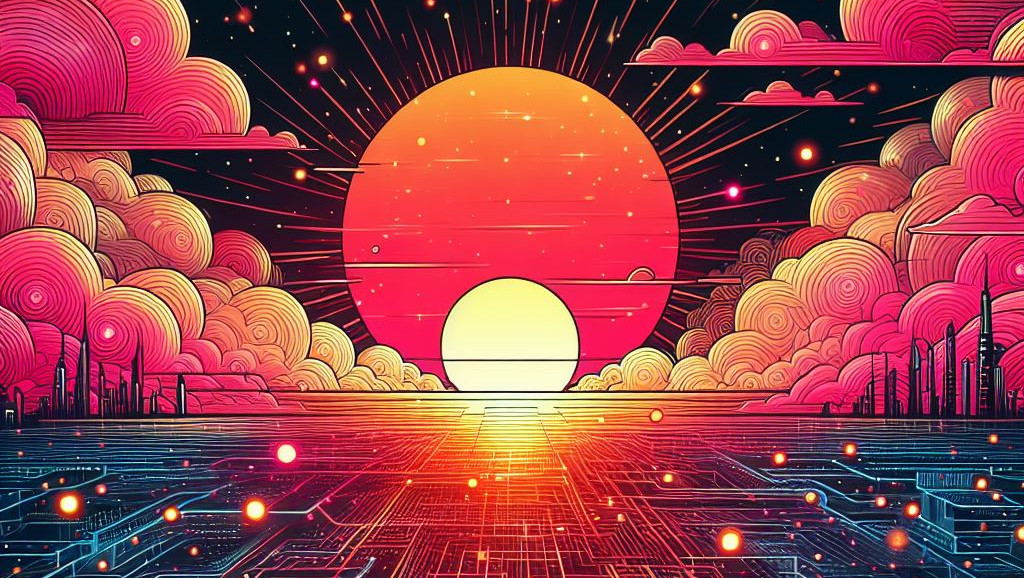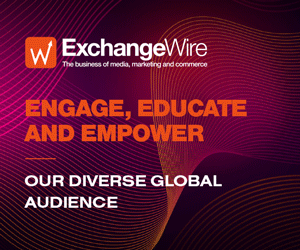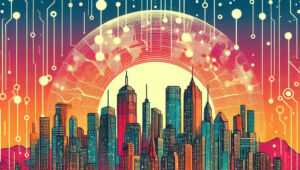What Will the Advertising Industry Look Like in Five Years?
by on 23rd Sep 2025 in News

Kate Scott-Dawkins, WPP Media’s Global President of Business Intelligence, takes a look at the shifting ad tech landscape and what it might look like in 2030...
The year is 2030. The end of the current decade is a scant four years away, and yet, at the pace technology is moving, it may feel to some like anything is possible in that short time frame. Will cities be full of autonomous vehicles whizzing people and packages alike to their varied destinations? Will we all have personal digital assistants providing us with suggested purchases and activities all day long, prompted by data coming from the wearable and environmental sensors inhabiting our homes, clothes and devices? Yes and no, according to a new report we released at WPP Media in concert with more than 60 of our clients, partners and esteemed industry peers around the world.
The picture that emerged from this analysis was perhaps surprisingly optimistic: humans are likely to benefit from AI reducing friction in their lives and automating discrete tasks, but human creativity and connection are expected to remain paramount. Experts agree that data will be collected, analysed and put to use at even greater scales than today, unlocking the use of biometrics beyond Face ID, for example, and enabling wide scale personalisation of advertising. Sixty one percent of our experts agreed with the statement that everything would be personalised to individuals based on available data, including medical or genetic data. However, some respondents cautioned that those more sensitive types of data would require greater levels of consumer trust and government regulation than what exists today.
Personalisation at scale will be made easier with the use of AI-generated creative assets. Just five years ago, when asked whether companies would rely on AI to produce the majority of creative content in 2030, our experts were dubious, but not even three years on from the release of OpenAI’s Chat GPT, respondents now see this as highly probable, with nearly three-quarters (71%) saying this is likely. But don’t expect content factories devoid of human influence. Our experts were quick to quantify that human creativity would be augmented by AI driven processes and responses and several drew a distinction between the likelihood that advertising asset production would be more heavily AI-integrated than feature-length film production.
Even beyond professional creators, our experts were reluctant to ascribe too much influence and appeal to AI-generated content. More than 60% of respondents said they thought it was unlikely that a majority of social media personae would be AI-generated by 2030. This is one area where I wonder if our experts might be willfully hopeful, and indeed, one of the responses to this scenario was, “My goodness, I hope not.” There are varying assessments as to how many bots exist already on various social platforms and Mark Zuckerberg has openly mused that he thinks AI friends would be a good thing.
While the thought of social platforms overrun with bots weighing in on political and social discourse sounds decidedly dystopic, there are likely to be cases in 2030 where bot traffic may be key to consumer and advertiser productivity. Current chatbots and digital assistants like Siri, Alexa and Gemini have fairly limited context windows and personalisation, but we believe that will change as these tools, and others, continue to build on their helpfulness and capabilities. Imagine a future where more of us trust digital assistants to shop for us, to book our travel, or even to negotiate business contracts. This is likely to be matched by rapid expansion of the use of bots on the brand side too, from simplistic customer service agents to sophisticated “employees” capable of carrying out long term relationship management via their personal agent counterparts. Two-thirds of our experts believe a majority of interactions between brands and consumers will indeed take place bot-to-bot by 2030. One key thing to remember is that this is likely to make brand advertising even more important as the ‘lift’ required to capture a person’s attention and have them take an action (brand switching, new product trial, etc.) will be even greater once they have outsourced much of the day-to-day purchasing work to their assistant. Impactful channels like TV and OOH will be areas that still attract human attention.
Ultimately, there was good news for the advertising industry at large. While our experts thought it was unlikely that smart glasses and wearables would overtake smartphone sales by 2030, or that humanoid robots would occupy at least 5% of homes worldwide, nearly all agreed that it would be impossible for people to opt out of all advertising five years from now. It will continue to fund entertainment and consumer services and support premium publishing. This may not seem like the most novel news in 2025, but when we first ran the survey in 2020, there were multiple subscription-only streaming services and ad blockers were still a frequent topic of conversation. Going forward, the question may become: who is the primary target audience of the projected USD$1.4tn (£1.2tn) advertising industry, us or our bots?








Follow ExchangeWire